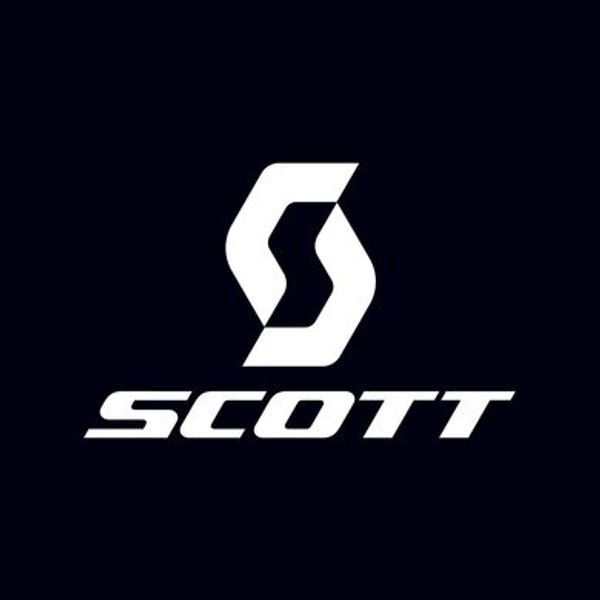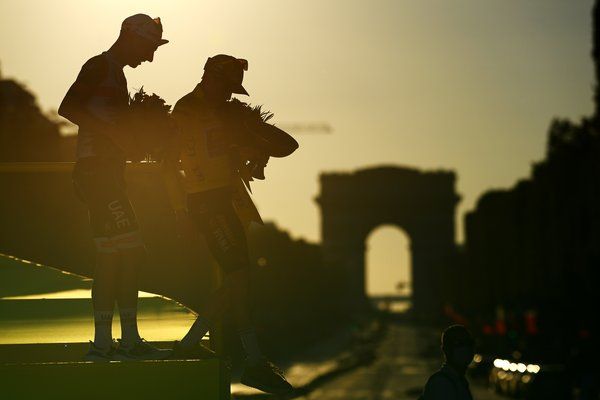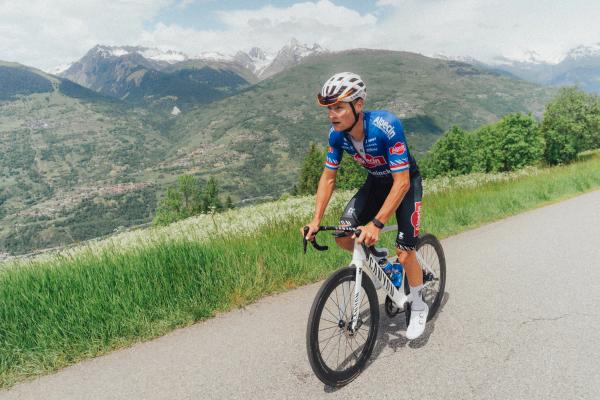Greg LeMond vs Laurent Fignon: Did tech win the 1989 Tour de France?
We put Greg LeMond’s famous tri bars to the test
Tom Hallam-Gravells
Online Production Editor
It’s September 19 2020. One time trial stands between Primož Roglič (Jumbo-Visma) and his first Tour de France victory. With a 57-second buffer over second-place Tadej Pogačar (UAE Team Emirates), victory appears to be all but assured.
Cue one of the most dramatic finishes in the race’s history as Pogačar flies to an inconceivable win, wrestling Tour victory from a shell-shocked Roglič. Prior to the stage, the outcome was inconceivable. It’s still almost unfathomable today.
Step forward to 2023 and the Slovenian is a two-time Tour champion on the hunt for a third title. Like most modern riders, he’s racing atop cutting-edge technology including a Colnago V4rs, a bike we were lucky enough to get our hands on ahead of the race. It’s been highly customised in pursuit of any marginal gains which got us thinking, how important is tech and can it effectively decide a Tour de France?
Alex and Ollie decided to find out. It’s time for some GCN science.
The greatest Tour de France finale
For that we need to go back in time to 1989, the closest and greatest Tour de France finish of all time, one that even eclipses Pogačar’s heroics.
Two-time Tour champion Laurent Fignon was on the hunt for a third title but there was one major obstacle in his way: Greg LeMond.
The American was also a former winner, having become the first non-European to triumph at the race in 1986, overcoming La Vie Claire teammate Bernard Hinault in a feisty encounter. More wins were expected to follow until LeMond was shot in a hunting accident in April of 1987.
A long recovery pursued and results dried up. By the time the 1989 Tour arrived, LeMond had failed to pick up a single win since suffering the life-threatening injuries and was an outsider in the list of favourites.
That all changed as the race unravelled and LeMond and Fignon embarked on an almighty tussle. The lead yo-yoed with LeMond gaining the initiative after winning the stage 5 time trial, before Fignon struck back in the Pyrenees on stage 10.
A similar pattern emerged in the second half of the race, LeMond reclaiming yellow on the stage 15 time trial only to lose it to Fignon two days later on a summit finish atop the famous Alpe d’Huez.
By the time the race reached the final day, Fignon had a 50-second buffer. One last time trial lied between the Frenchman and a third Tour victory.
It was shorter than the previous two at only 24.5km, but could he hold on?
The answer was an emphatic no. LeMond overcame his rival to claim victory by the smallest margin in the race’s history, only eight seconds.
The test
LeMond’s victory was built on time-trial success, taking two minutes 41 seconds on Fignon across the 130+ kilometres against the clock. It was a remarkable performance, but was the eight-second winning margin due to tech?
We all now know how important aerodynamics are, but in 1989 the aero approach was still in its infancy. LeMond was one of the early pioneers in the peloton and he became the first rider to use aero tri bars at the 1989 Tour. They made an appearance in all three time trials, giving the American a huge aero advantage over Fignon.
So, could the aero bars account for the eight-second winning margin?
We called upon our huge special effects budget to dress Alex up exactly like LeMond and Fignon - ponytail included. He then rode a six-kilometre course at Odd Down Cycle Track at exactly the same power, one using the tri bars and the other without, to see how they compared.

GCN
Alex channelled his inner Laurent Fignon for the test.
The tech
Before we delve into the results, let’s take a moment to appreciate the Scott-branded tri bars LeMond used.
Designed by Boone Lennon, a former US national ski coach, they’re fairly modest by modern standards with a wide profile. Despite that, they were ahead of their time and gave LeMond a clear aero edge.

GCN
Alex used the same tri-bars as LeMond.
Beyond the aero bars, riders also used lo-pro bikes which had smaller front wheels, the idea being that they could get into a lower position. They’ve since been banned by the UCI hence why you might not have seen or heard of them before, even though we doubt they would be used even if they weren’t banned.
The results
OK, we won’t tease you anymore, it’s time for the results. Drum roll please…
- Alex Fignon completed the six-kilometre course in 11:24, averaging 216 watts.
- Alex LeMond was exactly 30 seconds quicker at 10:54, also averaging 216 watts.

GCN
LeMond's setup proved to be significantly quicker.
That’s only on a six-kilometre course but the riders completed over 130km of time trialling. For the full 130km, LeMond’s setup would be over 10 minutes faster. That’s over three times the amount of time he actually took.
Admittedly, there are some flaws in our test. The route and the bikes are different to 1989 and, as much as we stretched our budget, Alex isn’t LeMond or Fignon. Even so, it proves that LeMond’s setup was faster and almost certainly accounted for much more than the eight-second winning margin.
Need further proof? The 1989 Tour de France started with a short, 7.8km prologue. LeMond didn’t use the tri bars and he finished on exactly the same time as Fignon. The time gaps were only ever going to be small over such a distance, but without them it appears that LeMond lost his edge over Fignon.
So, in a success for GCN science, tech really can win a Tour de France.
A big thank you to Steve Grimwood and Elmy Cycles for making this video and article possible by lending us tri-bars for the test.









.jpg?w=600&auto=format)



